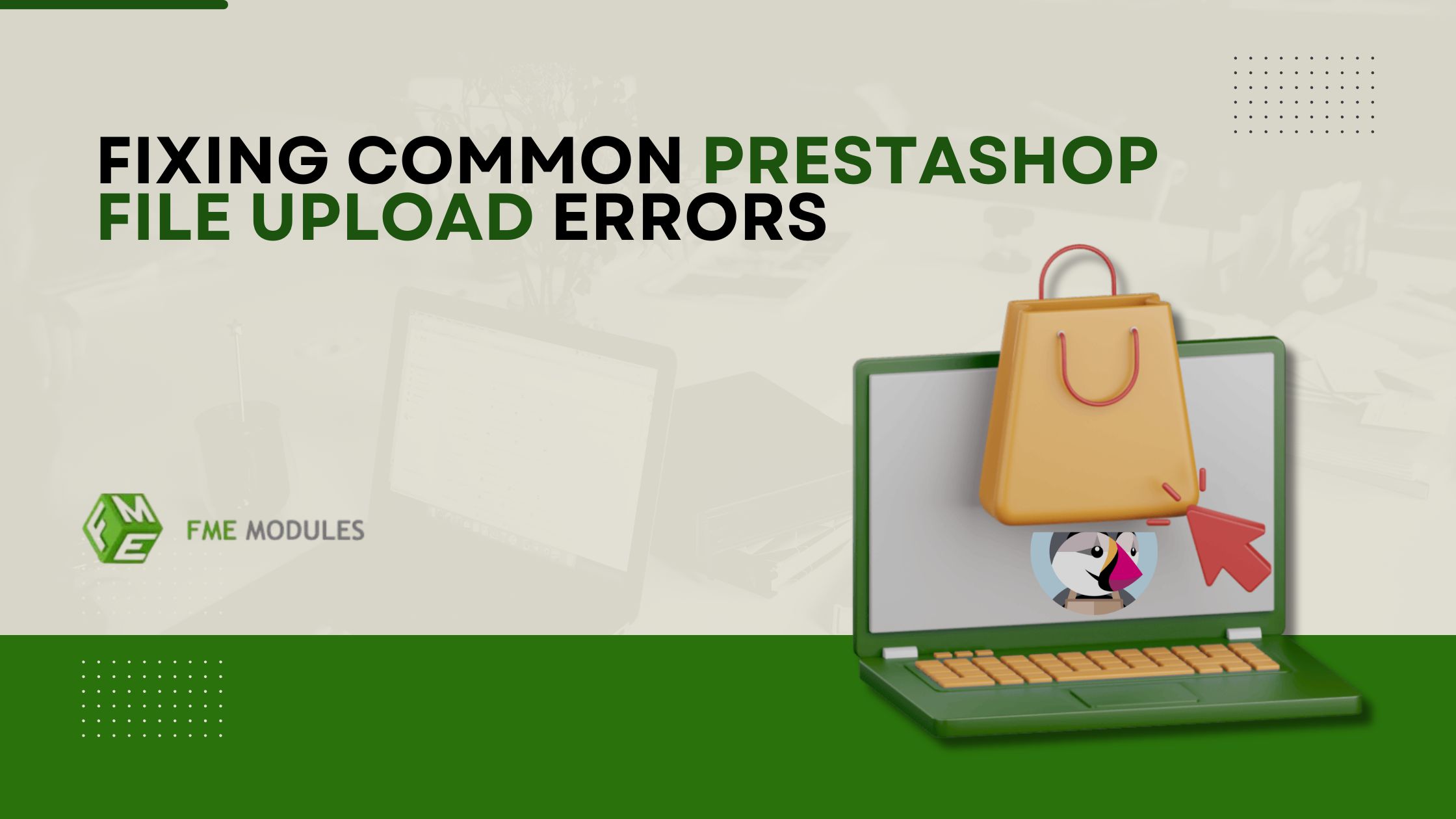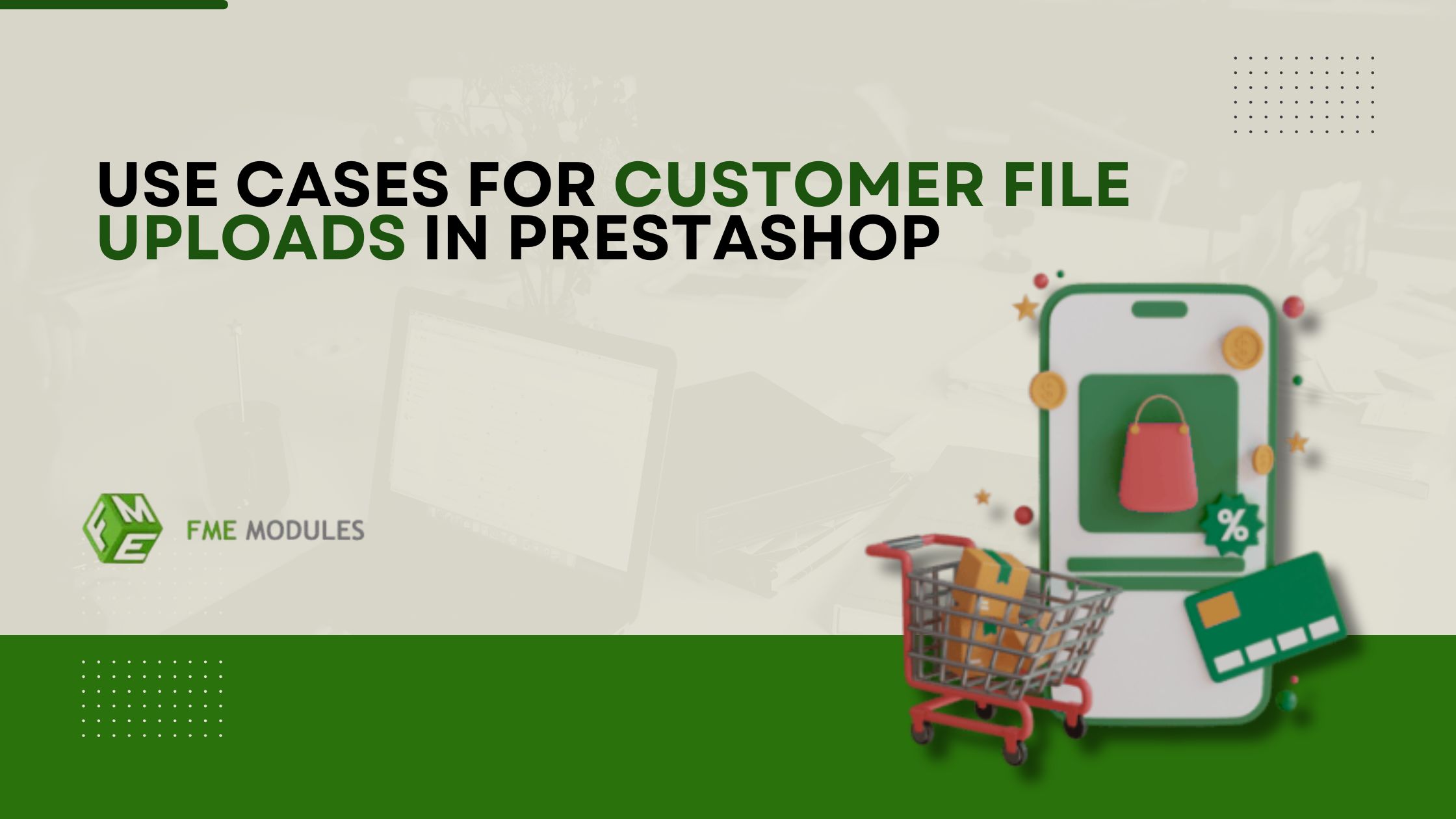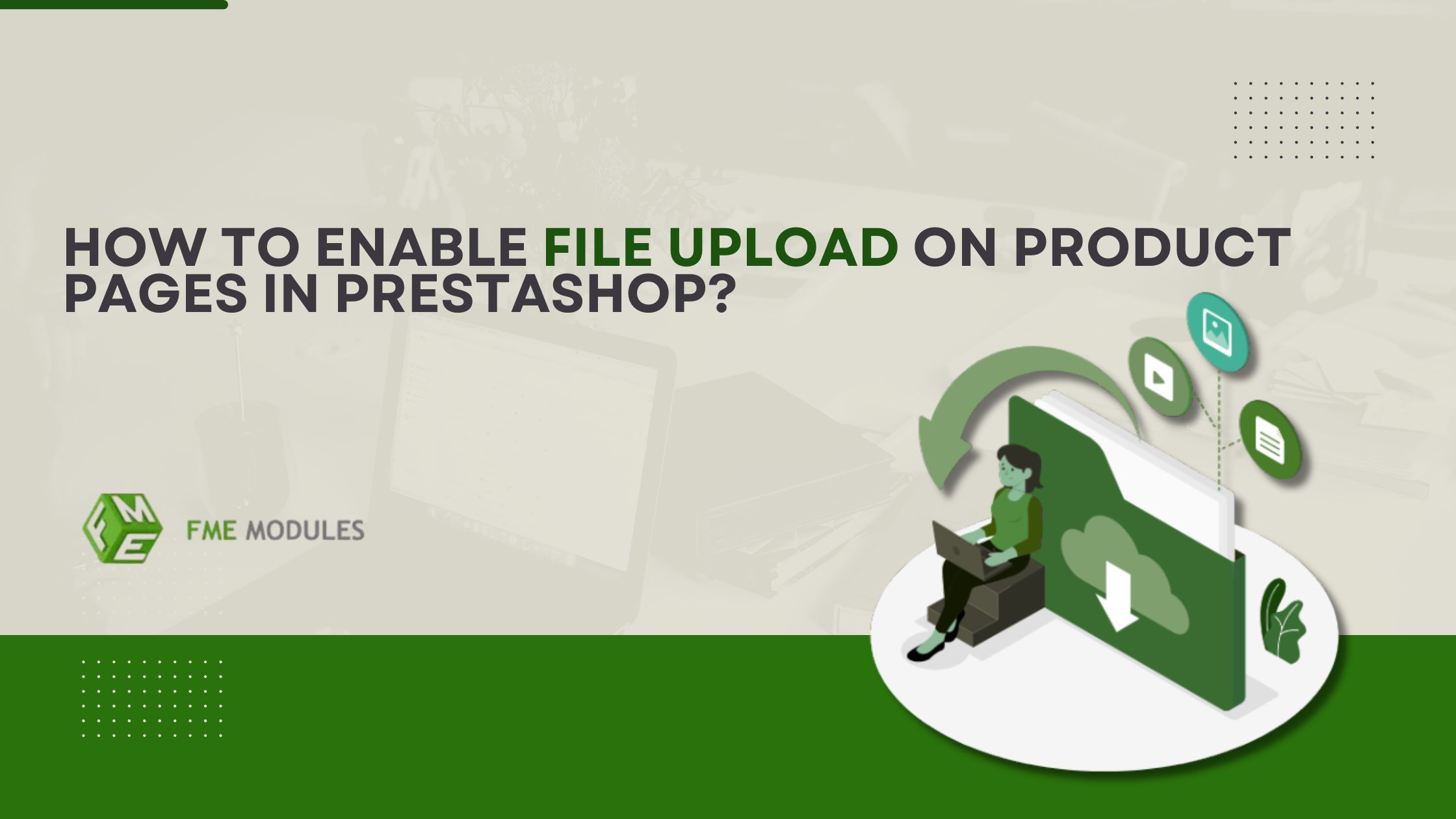E-commerce Trends in 2025 that are Redefining the Online Business

Posted On: May 16, 2025
Categories: Shopping Carts and E-Commerce Platforms: A Complete Guide , Marketing
Author: Zarak
If the last few years have taught us anything, it’s that eCommerce isn’t slowing down; it’s shifting into overdrive. What once felt like the future is now the present, with innovations changing the game faster than ever.
From AI and blockchain to augmented reality and social commerce, today’s tech is rewriting the rules of online retail. The brands that thrive will be the ones that adapt, evolve, and ride the wave of this digital revolution.
Speaking of which, this interesting blog post highlights the trends in e-commerce you probably don’t know about.
E-commerce Trends in 2025 You Should Know
Let’s break down the top ecommerce trends dominating 2025 and how they’re transforming the online business for good.
-
Blockchain Builds Trust Through Transparency
As online shopping continues to expand, concerns around data privacy, security, and fraud are becoming more urgent. Consumers want to know that their personal information is protected and that the products they purchase are authentic. This is where blockchain technology is stepping in as a game-changer.
Blockchain creates tamper-proof, decentralized records that make online transactions more secure and transparent. By distributing data across a network of computers rather than storing it in a single location, blockchain ensures that no single party can alter transaction records without detection. This builds trust between buyers and sellers, something that’s often missing in traditional e-commerce systems.
According to Statista, the global blockchain technology market is projected to skyrocket from $17 billion in 2023 to over $943 billion by 2032, signaling its vast potential and growing influence across multiple industries, especially e-commerce.
Here’s how blockchain is reshaping the e-commerce landscape:
Secure Payments
Blockchain enables peer-to-peer transactions using cryptocurrencies or tokenized assets, reducing reliance on traditional payment processors and minimizing the risk of fraud.
Product Authenticity Verification
With blockchain, customers can trace the origin and journey of products, especially useful for luxury items, pharmaceuticals, and electronics, ensuring they're not counterfeit.
Supply Chain Transparency
Every step of a product’s lifecycle, from manufacturing to delivery, can be logged on the blockchain, giving customers real-time insights and ensuring ethical and sustainable practices.
Fraud Prevention
Decentralized and time-stamped data make it virtually impossible for malicious actors to alter or forge transaction records.
Customer Trust & Data Protection
Blockchain helps businesses give consumers more control over their data, allowing them to opt in to personalization while keeping sensitive information secure.
-
Livestream Shopping Drives Real-Time Engagement
Once considered a niche concept, livestream shopping has rapidly evolved into a mainstream ecommerce powerhouse, thanks to the rise of video-centric platforms like TikTok Live, Whatnot, and eBay Live. Blending entertainment with real-time purchasing, livestream shopping brings the excitement of in-store experiences to digital screens, and consumers are loving it. Integrating these stores in your online shop is also one of the best ways to boost your Prestashop store sales these days.
According to Statista, U.S. livestream ecommerce sales hit $50 billion in 2023 and are projected to grow to $68 billion by 2026. This explosive growth signals a major shift in how brands connect with audiences and how consumers discover, engage with, and buy products online.
Livestream shopping is transforming traditional e-commerce by:
Bringing Products to Life
Unlike static images or product pages, livestreams allow hosts or influencers to demonstrate products in real-time, showing how they look, function, and feel in everyday use.
Driving Real-Time Engagement
Viewers can ask questions, get immediate answers, and interact with hosts, creating a more immersive and informed shopping experience.
Creating a Sense of Urgency
Limited-time offers, exclusive product drops, and countdown timers during streams drive FOMO (fear of missing out) and encourage instant purchases.
Building Trust and Community
Influencer-led shopping events feel more personal and authentic, fostering trust and building loyal customer communities around brands.
Making Checkout Seamless
>Integrated shopping features allow viewers to buy products without ever leaving the livestream, removing friction and boosting conversion rates.
As social media continues to merge with e-commerce, livestream shopping is set to become an essential part of the digital sales strategy for brands of all sizes. With the ability to entertain, educate, and convert in a single interaction, livestream commerce is poised to dominate in 2025 and beyond.
-
Augmented Reality Brings Products to Life
With over 100 million AR users expected in the U.S. by the end of 2025, augmented reality (AR) is no longer just a futuristic idea, it's fast becoming a standard tool in e-commerce. As online shopping grows, so does the demand for richer, more immersive experiences that help customers make smarter purchase decisions. AR answers that call by blending the best of in-store and digital shopping.
From trying on a pair of sunglasses to previewing how a couch fits in your living room, AR technology is empowering shoppers with visual confidence while helping businesses lower return rates and increase satisfaction.
Here's how AR is reshaping the e-commerce experience:
Virtual Try-Ons for Apparel and Accessories
Shoppers can use AR filters to see how products like clothes, glasses, or makeup look on them in real time, without ever leaving their homes.
3D Product Previews
For items like furniture or home décor, customers can place virtual models in their space through smartphone cameras, ensuring size, color, and style are just right.
>Reduced Return Rates
Better product visualization leads to more informed purchases, which means fewer returns, a win-win for both shoppers and retailers.
Increased Buyer Confidence
Interactive product views and real-time customization features build trust, making customers feel more secure in their decisions.
Improved Conversion Rates
Shoppers are more likely to complete purchases when they feel confident about what they're buying. AR-driven experiences boost engagement and conversion across product categories.
-
Voice Search Streamlines Shopping
With 75% of U.S. households expected to own smart speakers in 2025, voice-enabled shopping is no longer a novelty, it's quickly becoming the default way many consumers interact with ecommerce platforms. Devices like Amazon Alexa, Google Assistant, and Apple’s Siri are making it easier than ever for shoppers to browse, compare, and purchase products without ever touching a screen.
Voice commerce introduces convenience, speed, and accessibility qualities that today’s consumers demand.
Here’s how voice search is transforming the e-commerce landscape:
Simplified Product Search
Shoppers can say what they want, “Find black running shoes under $100,” and get relevant results instantly, bypassing complex filters and menus.
Hands-Free Shopping Experience
From busy parents to multitasking professionals, voice search allows users to add items to carts, place orders, or check delivery status with just a few words.
Faster Reordering for Routine Purchases
Customers can easily reorder frequently bought items like groceries, pet supplies, or household goods using simple voice commands.
Improved Site Optimization for Voice Queries
E-commerce businesses are now focusing on conversational keywords, local SEO, and natural language content to match the way people speak, not just how they type.
Smarter, AI-Powered Recommendations
Integrated voice assistants can suggest products based on previous purchases, preferences, and behavior, creating a more personalized experience. You have some AI modules now for your Prestashop stores, like AI Reviews Generator and others.
-
AI Powers Smart, Personalized Commerce
AI is transforming how brands interact with customers at every stage of the buyer journey. Whether it’s powering smarter search, automating customer support, or improving product discovery, AI is now a must-have tool for ecommerce success.
Here’s how AI is revolutionizing the e-commerce landscape:
Smarter, More Accurate Search
AI enhances search functionality by understanding user intent rather than just matching keywords. This means:
- More relevant results, even with vague or conversational queries.
- Predictive search suggestions that guide users toward desired products.
- Visual and voice-enabled search is making it easier for shoppers to find what they need.
Intelligent Product Recommendations
AI algorithms analyze user behavior, purchase history, and preferences to deliver highly personalized product suggestions. This leads to:
- Higher conversion rates.
- Increased average order value.
- Enhanced user satisfaction with more relevant offerings.
AI-Powered Chatbots & Virtual Assistants
Customer service is being redefined by AI-driven chatbots that are available 24/7. These bots can:
- Answer FAQs instantly.
- Provide personalized product guidance.
- Help with order tracking and returns.
- Create a seamless, human-like experience, often resolving queries faster than live agents.
Automated Image Generation & Optimization
AI is transforming product photography and content creation by:
- Generating lifestyle or custom product images without the need for photoshoots.
- Enhancing photos with brand-consistent backgrounds.
- Saving time and costs on visual content production.
Predictive Analytics & Demand Forecasting
AI helps businesses make smarter decisions by analyzing patterns and predicting future trends. This supports:
- Inventory optimization
- Dynamic pricing strategies
- Improved supply chain efficiency
- Hyper-Personalized Marketing
-
Personalization Drives Loyalty
In today’s competitive ecommerce landscape, personalization isn’t just a nice-to-have; it’s a key driver of brand loyalty and revenue. According to recent studies, 72% of consumers say they are more loyal to brands that personalize their shopping experience. This means that businesses that fail to tailor their messaging, offers, and experiences risk being left behind.
Thanks to advanced data analytics, AI, and machine learning, retailers now have the tools to create highly customized interactions across every channel from websites and apps to email, ads, and in-store experiences. But as personalization becomes more powerful, transparency and consent have also become more important than ever.
Why Personalization Matters More Than Ever
Shoppers expect brands to “know them,” but not in a creepy way. Done right, personalization can:
- Boost conversion rates by recommending the right products at the right time.
- Increase average order value (AOV) through smart cross-selling and upselling.
- Improve customer satisfaction by removing friction and irrelevant messaging.
- Drive long-term loyalty by making customers feel understood and valued.
What Data-Driven Personalization Looks Like
Modern personalization goes beyond using a customer’s first name in an email. With data and AI tools, retailers can now:
- Show personalized product recommendations based on browsing history, cart activity, and past purchases.
- Deliver dynamic pricing or offers tailored to customer behavior, location, or buying habits.
- Customize the homepage or mobile app interface to highlight relevant categories or promotions.
- Send triggered email or SMS campaigns, such as cart abandonment reminders or birthday discounts.
- Run retargeted ads with messages and products specific to each shopper’s preferences.
Balancing Personalization with Privacy
While personalization can drive significant business growth, it must be done ethically. Consumers are becoming more aware of how their data is used and more selective about which brands they trust. Key considerations for building trust include:
- Clearly explain what data you collect and how it’s used.
- Use opt-ins and give customers control over their data preferences.
- Protect customer data with robust encryption and compliance (e.g., GDPR, CCPA).
- Avoid being overly invasive or making assumptions that feel “off.”
-
Chat Marketing Humanizes the Online Experience
These days, bots are designed to be intuitive, empathetic, and surprisingly human-like, offering real-time support that enhances the customer journey from start to finish.
These advanced virtual assistants aren’t just answering FAQs anymore. They're helping shoppers find the right products, navigate the site, complete purchases, and even troubleshoot issues 24/7 and at scale, without requiring an army of human agents.
Why AI Chatbots Are a Game-Changer for E-commerce
Modern chatbots bring a range of benefits that go beyond just cost savings. They deliver a tangible impact on both customer satisfaction and business growth:
- Meet customer expectations with immediate replies, no waiting in the queue.
- Handle thousands of conversations at once, especially during peak shopping seasons.
- Bots can guide hesitant buyers, recommend products, and even apply discounts, nudging them to complete purchases.
- Timely interventions (e.g., “Need help checking out?”) can recover lost sales.
- Free up your human team for complex queries while bots handle repetitive questions.
What Today’s Smart Chatbots Can Do
Thanks to natural language processing (NLP), machine learning, and real-time analytics, AI chatbots are more powerful than ever. Key features include:
Bots can suggest items based on browsing behavior, preferences, and current trends.
Using past data, they can greet users by name, recall previous chats, and tailor their tone and suggestions.
- No need to email customer support, bots can instantly provide shipping details and order history.
- Serve global customers in their native language, breaking down communication barriers.
- Suggest accessories or bundle offers at just the right moment in the shopping journey.
Balancing Automation with the Human Touch
Even the smartest chatbot won’t replace real human empathy, and that’s okay. The best strategies blend automation with human oversight. For example:
- Allow seamless hand-off to a live agent when needed.
- Continuously train bots based on real conversations and customer feedback.
- Keep the tone friendly, helpful, and brand-aligned to maintain trust.
- Consumers don’t mind speaking to a bot as long as it feels helpful, fast, and relevant.
-
Mobile Shopping Keeps Growing
By 2027, mobile devices are expected to drive 62% of all e-commerce sales, a staggering figure that highlights the critical need for businesses to prioritize mobile-first strategies.
As smartphones and tablets remain ever-present companions for millions, shoppers expect seamless, fast, and intuitive experiences wherever they are—whether waiting in line, commuting, or relaxing at home.
Key Elements to Win in Mobile Commerce
To capture these on-the-go customers and boost sales, e-commerce businesses must focus on delivering an optimized mobile experience. Here’s what that looks like:
Responsive Design
Your website should adapt flawlessly to any screen size, from small phones to larger tablets, providing easy navigation, readable fonts, and clickable buttons that don’t frustrate users.
One-Click Checkout
Mobile shoppers crave speed and simplicity. One-click checkout options remove unnecessary steps, allowing customers to complete purchases quickly without typing lengthy forms, crucial for reducing cart abandonment.
Optimized User Experience (UX)
This includes fast-loading pages, intuitive menus, clear product images, and easy-to-use filters and search tools. Mobile UX also means minimizing distractions and ensuring that important actions like “Add to Cart” or “Buy Now” stand out.
Mobile Payment Integration
Support popular mobile payment options like Apple Pay, Google Pay, and digital wallets to streamline transactions and increase trust.
Push Notifications and Mobile Alerts
Engage customers with timely updates on order status, flash sales, or personalized offers, right on their devices.
Why Mobile Optimization Matters
Websites optimized for mobile deliver smoother shopping journeys, translating into more completed purchases.
- A positive mobile experience encourages repeat visits and brand loyalty.
- Brands that prioritize mobile are better positioned to capture the growing share of mobile shoppers.
-
Flexible Payment Options Reduce Cart Abandonment
Did you know that 13% of online shoppers abandon their carts simply because they don’t find enough payment options at checkout? In today’s competitive ecommerce world, offering a variety of payment methods is no longer a luxury, it’s a necessity for closing more sales.
Why Flexible Payment Options Matter
Reduce Cart Abandonment: Limited payment choices frustrate customers and drive them away. Providing multiple options ensures shoppers can pay the way they prefer, minimizing drop-offs.
Offering convenient payment methods makes the checkout process smoother, encouraging more shoppers to complete their purchase.
Flexible solutions like “Buy Now, Pay Later” (BNPL) encourage customers to spend more by breaking payments into manageable installments without added interest.
Must-Have Payment Options to Consider
Digital Wallets
Options like Apple Pay, Google Pay, and PayPal allow quick, secure, and frictionless payments, especially on mobile devices.
One-Click Checkout
Streamlines the buying process, saving customers time and reducing the risk of cart abandonment.
Buy Now, Pay Later (BNPL)
Services like Klarna, Affirm, and Sezzle let customers split payments over time, making bigger purchases more accessible and attractive.
-
Composable Commerce Fuels Innovation
a modern approach that lets businesses assemble their own custom tech stack by combining the best tools for every function.
Why Composable Commerce Matters
Tailored Solutions
Instead of relying on one all-in-one platform, you pick and choose specialized components that perfectly fit your business needs — from payment gateways to inventory management and marketing tools.
Faster Innovation
With composable commerce, your teams can launch new features and storefronts rapidly without being bogged down by legacy systems or technical debt.
Scalability & Agility
Easily swap or upgrade individual pieces of your tech stack as your business grows or as new technology emerges, keeping you ahead of the competition.
Spotlight on BigCommerce’s Catalyst
BigCommerce’s Catalyst is setting a new standard for composable commerce. Designed with both developers and marketers in mind, Catalyst enables your whole team to:
Build stunning, high-performing storefronts
- Streamline workflows
- Launch innovative customer experiences quickly
- Avoid the typical technical roadblocks that slow down progress
-
Social Commerce Becomes a Sales Powerhouse
In 2024, over 110 million people in the U.S. made purchases directly through social platforms, turning apps like Instagram, TikTok, and Facebook into thriving ecommerce hubs.
What Makes Social Commerce So Powerful?
Seamless In-App Checkout
Customers can browse, select, and buy products without ever leaving their favorite apps, creating a smooth, frictionless shopping experience.
Influencer-Driven Campaigns
Trusted influencers showcase products in authentic ways, driving engagement and boosting sales by connecting brands directly with their target audiences.
Livestream Selling
Live shopping events combine entertainment with real-time purchasing, allowing viewers to interact, ask questions, and buy instantly during broadcasts.
Why Brands Should Invest in Social Commerce
Social platforms host billions of active users daily, and tapping into these communities means vast potential exposure.
Creative content and viral trends can amplify your brand’s presence organically.
Simplify the Buying Journey
With one-click purchases and personalized recommendations, customers experience effortless shopping that drives higher conversions.
-
Subscription Models Increase Customer Lifetime Value
The subscription economy is booming, expected to reach $1.5 trillion by 2025. More brands are adopting subscription models as a powerful way to generate consistent revenue while deepening customer loyalty.
Why Subscriptions Are Winning for E-commerce
- Instead of relying on one-time purchases, subscriptions create a predictable cash flow that helps businesses plan and grow.
- Subscribers tend to stay longer with brands, especially when combined with loyalty programs offering perks like exclusive discounts, early product access, or personalized support.
- Continuous engagement through subscriptions allows brands to better understand customer preferences and tailor experiences accordingly.
-
Sustainability Is Non-Negotiable
Over 70% of shoppers are willing to pay a premium for products that are eco-friendly and ethically produced.
Why Sustainability Matters in E-commerce
- Younger generations prioritize brands that demonstrate a genuine commitment to environmental and social responsibility.
- Transparent, sustainable practices foster deeper connections and repeat business from eco-conscious consumers.
- Sustainability initiatives help brands stand out in a crowded market by appealing to values-driven shoppers.
B2B E-commerce Is Catching Up - B2b E-commerce Trends
B2B buyers now expect seamless digital experiences. Features like personalized pricing, self-service portals, and bulk reordering are now must-haves. E-commerce platforms like Prestashop that deliver B2C-like convenience to B2B customers are gaining serious traction.
Also, top-notch modules offered by FME Modules are taking Prestashop stores to a whole new level.
Not every trend will make sense for your brand, and that’s okay. To choose the right ones:
- Monitor competitors, industry news, and influencers
- Use analytics to understand your customer behavior
- Gather direct feedback from your customers
- Evaluate implementation costs and ROI
Final Thoughts
The e-commerce landscape in 2025 is all about reinvention. Brands that succeed will be those who embrace immersive experiences, harness the power of data-driven personalization, and place the customer truly at the center of their strategies. By adapting quickly, experimenting boldly, and investing thoughtfully in emerging trends, your business won’t just keep pace it will set the standard for the future of online shopping.
Frequently Asked Questions (FAQs)
-
How is AI changing e-commerce?
AI powers personalized shopping experiences, smarter search, and automated customer support.
-
What role does blockchain play in online retail?
Blockchain adds transparency, enhances security, and simplifies transactions like crypto payments.
-
How does AR improve the shopping experience?
AR lets customers virtually try products, like clothes or furniture, before buying.
-
Why is social commerce gaining traction?
Shoppers are buying directly through social platforms, turning browsing into instant purchases.
-
Is traditional e-commerce still relevant?
Yes, but it must evolve by integrating new tech to meet rising customer expectations.







